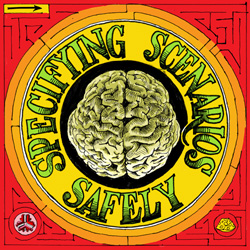I loved how the instructor discusses Agile best practices in the context of BDD/TDD.
Student, GEServices
Engineering
OverviewCommunity
×
OK
Collapse Results








